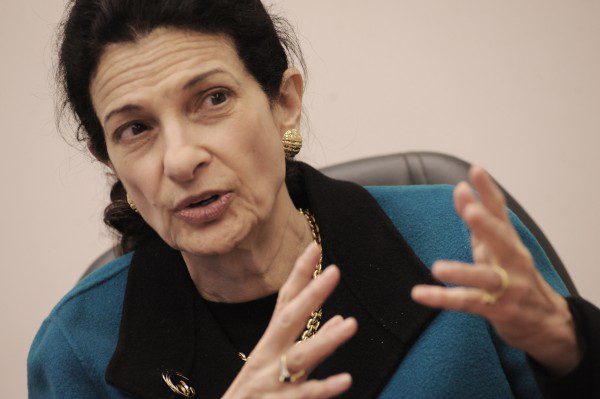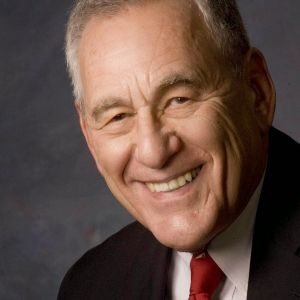The number of political moderates in the U.S. Senate is dwindling, and the departure of Senator Olympia Snowe, who is not seeking reelection, could further reduce their ranks.
Senate moderates, those who do not follow a strict party line, have declined from 46 in 1977 to only six in 2009, according to one study.
In the same period, another study, this one based on conservative-liberal ideology, found that those who did not strictly adhere to either view dropped from 39 to nine. Moderate groups in the two studies mostly overlapped.
In both of the studies, as well as in earlier years, Snowe and Susan Collins, Maine’s two Republican senators, rated as moderates.
The method of determining partisanship was developed by Keith T. Poole of the University of Georgia and his associates. If 50 percent of party members voted in the same way on a bill, their position was considered the party’s position. Each member was rated by how often he or she voted with party positions. In 2009, Snowe voted with the Republican Party position about 60 percent of the time.
To determine ideological loyalty, the scores given each year by the leading conservative and liberal rating groups are combined by Congress Spectrum into a single score for each senator and member of Congress. Each group selects its own issues for its rating and they differ somewhat. The two rating groups – the American Conservative Union and the Americans for Democratic Action – use different standards for designating conservatives and liberals, so the study creates a common system: those with scores between 25 (that score or lower is liberal) and 75 (conservative) out of 100 are moderates. In 2009, Snowe scored 41.5, tied with Collins and putting them the closest to the middle. (Disclosure: I developed and edit Congress Spectrum.)
According to the latest NBC News/Wall Street Journal national survey, 41 percent of voting-age people consider themselves moderate, 34 percent are conservatives, and 22 percent are liberals.
The composition of the U.S. Senate, in which only nine senators were not rated either conservative or liberal, was obviously far from the breakdown among voters. The reason why few moderates are now elected, despite the public’s ideological preference, is probably the party selection processes, which increasingly produce candidates with strong ideological identities.
The partisan trend has been accentuated by moderates, who say they are frustrated by the pronounced partisanship and either do not seek reelection or lose to more ideological candidates.
The record suggests that the departure of senators like Snowe is likely to result in the Senate becoming even more polarized.
Of the nine moderates in 2009, only three are sure to be back next year. Since that study, three, including Snowe, declined to seek re-election.
With the decline of the bi-partisan moderate group, each party has come closer to ideological purity when it comes to ideology: Only Republicans are rated as conservatives, and only Democrats are rated a liberals.
Much of what the studies found for the Senate is also true for the House of Representatives. Many long-term members have been defeated or not sought re-election, and the partisan division is as sharp as in the Senate.
The decline of the moderates has meant that there remain fewer senators and members of Congress who are ready to compromise. In both the House and Senate, the number of moderates is so small that they can no longer provide decisive votes that are needed to develop a majority for major legislation. When they could influence the outcome, they forced compromise.
At one time, the so-called “Gang of 14,” composed of seven moderate senators from each party, came up with rules for confirming or rejecting judicial nominees. They had enough senators to either block consideration or allow a vote. Both Snowe and Collins were members.
Now, without enough moderates to influence results, partisanship is causing judicial nominations to pile up, awaiting Senate confirmation votes.
Both parties have been reluctant to compromise on bills when they had the votes to prevail in either the Senate or House.
When there is divided government with the two houses led by different parties, each able to block the other, there is a greatly increased likelihood of few major bills making it through the legislative process. Without a strong enough moderate group, whose vote is needed for passage, compromise is likely to be replaced by stalemate.
Reversing the partisan-ideological trend would depend on parties selecting moderate candidates, who can appeal to the large pool of moderates in the electorate. But with virtually unlimited political contributions available to more ideological candidates, the prospects for such a change are uncertain.







